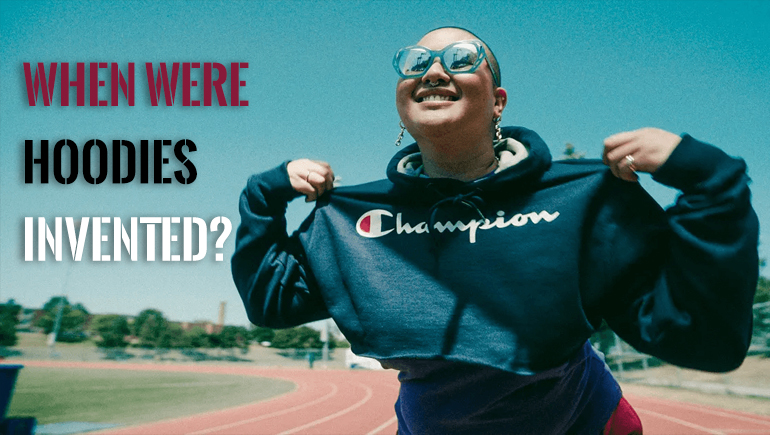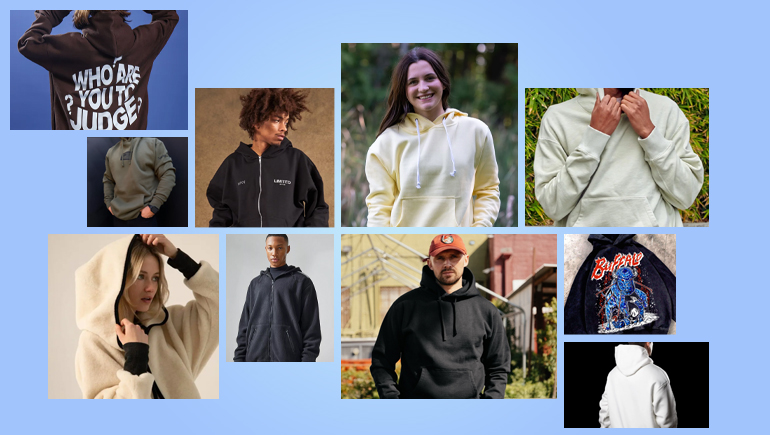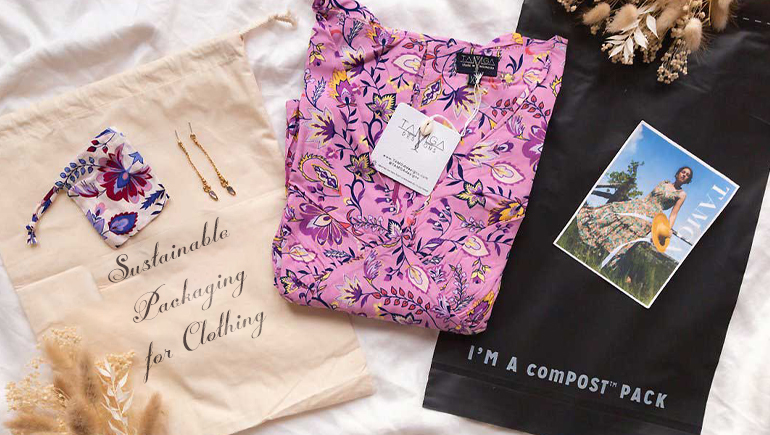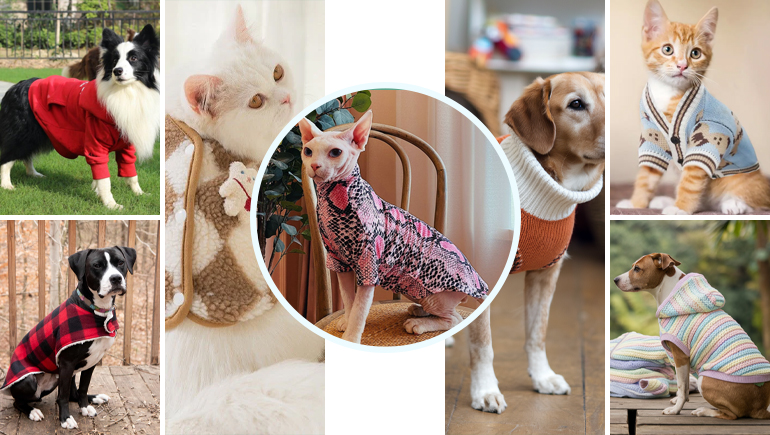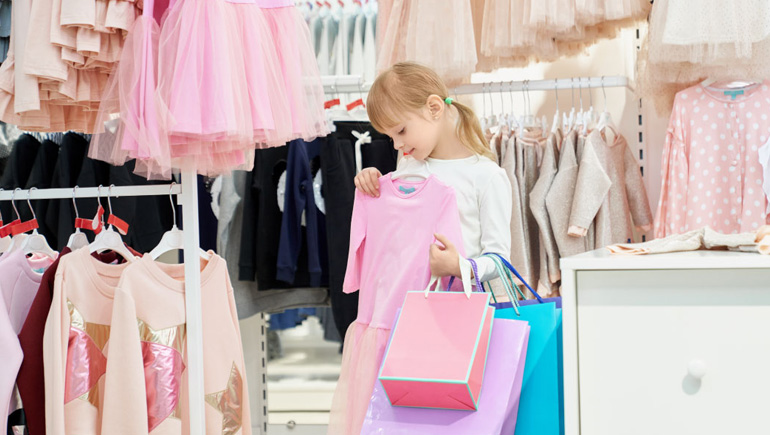
Starting a junior apparel line is no longer a challenge. Not just for fashion or big brands. It is for you—the dreamer who sees a gap in the booming market for cute kids’ wear.
Do you know the kids' apparel market is worth over $285 billion? If you’ve got a vision for a fresh and trendy kids' wear brand, 2025 could be the perfect time to launch it!
The best part? You don’t need a fashion degree or a massive inventory to launch your own brand in 2025; you just need a stronger vision and a clear plan.
This guide will teach you every step, including:
Let’s build a junior brand that kids love and parents trust.
Launching a new clothing brand unlocks lucrative opportunities. Understand the kids' apparel market, its trends, and the preferences of its target audience. The kids clothing market is broad. Do quick research to niche down and make your brand stand out. Consider these things for staying informed for a successful kids' wear line:
Trends are limitless for kids' fashion. Focus on recommendations to keep your brand updated with the latest trends.
Get involved in kids’ fashion events and exhibitions to boost your brand’s visibility. Stay in the loop by following children’s fashion magazines and digital platforms. A smart move to stay current and connected to the fashion scene.
See and explore what colors are in the kids' fashion. Understand the color psyche. It can help you target your audience effectively.
Pay careful attention to prints and visually appealing patterns. You must be familiar with the trending prints and patterns that are most favorite of children. Choose animal motifs, floral designs, or playful characters to grab kids' attention.
Get various styles for juniors from streetwear to eco-friendly fashion by exploring multiple manufacturers one by one.
Pro Tip: Search Google Trends for “cute children's clothing” or “custom baby clothes” to see market demand.
Kids are the wearers. Parents are the decision makers and buyers. Children just show their interest after looking at a clothing item. It is the parents who decide which kind of apparel is perfect for their kids.
Every parent has different choices. Some parents prefer quality and materials. While some parents look for affordable options while balancing the fabric quality. There is a group of parents who seek modern clothing for their kids. Also, some parents seek extraordinary clothing to create a sense of new, yet luxurious and comfortable clothing for children.
Plan your marketing strategies for children after targeting parents. Parents always want their kids to love what they wear. Engage the younger audience through a child-directed marketing strategy.
Understand children's age groups. Each age of a child has different needs. Consider soft fabric and hypoallergenic materials for little babies or infants. Explore durable kids' clothing materials for toddlers and preschoolers. Focus on:
Try emotional branding. Parents buy golden memories, not just children's clothes.
Plenty of events that can help you connect with your right audience are:
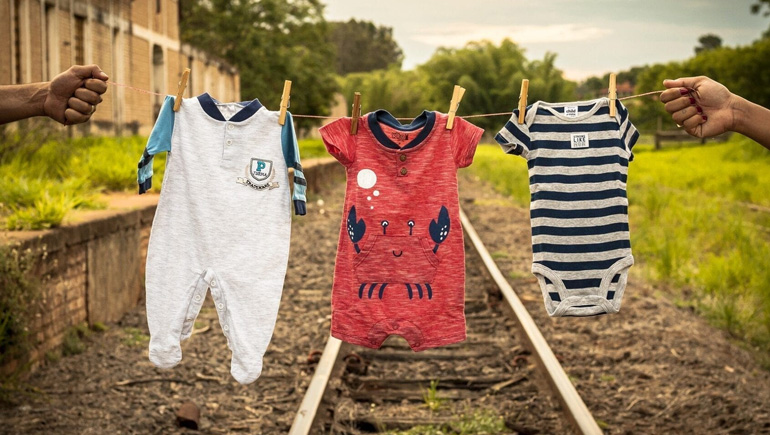
Kids' clothing is highly regulated. There are safety standards and regulations. Consumer Product Safety Commission (CPSC) in the US is working to ensure all the standards are met. Failing to meet these standards can lead to legal consequences.
Ensure the children's clothing sizes are perfect. Make sure the label is attached with care instructions and fabric content information. Prefer working with the certified kids' clothing manufacturers that are compliant with standards.
Kids move, play, and grow. The fun begins with creative kids' clothing design. Imagine different styles and designs with comfort and function that can work better to capture the eyes of your audience at first glance. Follow these key design principles to make your design stand out.
The best design tools are:
Here are some clothing design ideas to make children's apparel fascinating.
Match children's clothing with adults. Like a father-son t-shirt is a wonderful idea.
Children always love to wear animal-themed wardrobes. Ensure the graphics are vivid to pop out. Design interesting cartoon characters or unique watercolor-painted styles to create a lasting impression.
Playful puns paired with cute images are a winning combination that quickly catches the attention of kids and parents alike. Let your imagination soar by creating charming designs. Great for slogans and social media captions.
Choosing a simple and clean design with limited color palettes. An excellent choice for a minimalist appearance. Parents love this design. Focus on simplicity and functionality.
It's time to decide how to sell and handle fulfillment. Four options that can impact your new business function and satisfy customers are:
Let's differentiate them with their pros and cons to make an informed choice.
Self-fulfillment for a kids' clothing brand means handling all aspects of order fulfillment from picking and packing to shipping on your own.
Print on demand (POD) for kids' clothing allows you to sell custom-designed apparel without holding any inventory. A third-party print provider prints the design on the chosen garment and ships it directly to the customer upon receiving an order from the customer. This can be a great way to start a business with minimal upfront investment. However, it is important to understand the pros and cons.
You design and manufacture children's fashion clothing wholesale and then sell it in bulk to retailers or retail stores at wholesale prices. The retailers then sell them to the end consumers.
You sell kids' clothing directly to customers through your own e-commerce website. You handle all the aspects of your business from design and manufacturing to marketing, sales, and fulfillment.
You take full responsibility for all advertising and marketing costs to drive traffic to your website.
You manage shipping, returns, and customer service yourself.
Challenging to build brand trust from scratch without a physical presence.
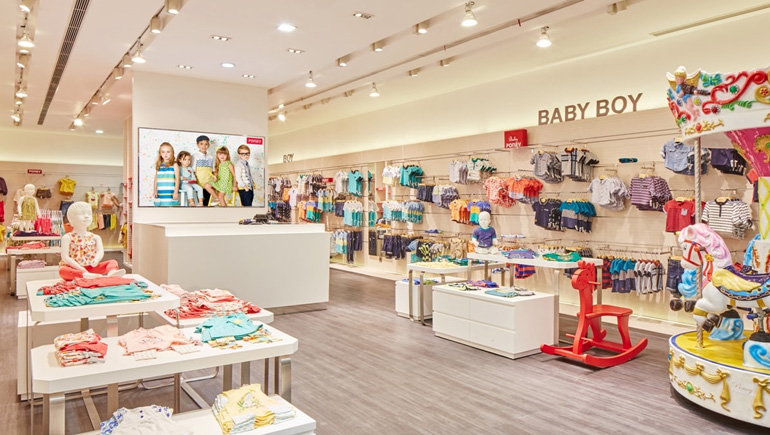
Finding reliable wholesale kids' clothing suppliers is crucial. You need a supplier to sell your children's fashion clothing in bulk. Here are some top wholesale and manufacturing options.
Best for bulk orders from kids' clothing manufacturers.
Print-on-demand for personalized children's clothing.
Specializes in baby clothes wholesale.
Offers children's clothes labels and branding.
Ordering samples for kids' clothing is pre-production garments made to check the quality, fit, and design before a large-scale production run. They allow designers and manufacturers to assess various aspects before committing to bulk orders. Attach children's clothes labels. Make sure your kids' clothing items represent your unique brand image.
Your store should appeal to parents looking for cute children's clothing. Create an online store to establish an online presence for your brand. It can help you reach a larger audience and strengthen your brand identity, and multiply sales.
Create your website to showcase your kids' apparel and pricing details. You can take orders and assist customers in a professional manner. Using branding elements and logos. Represent your brand and build a stronger online presence.
Boost your sales by using social media platforms. They can take your brand to new heights and drive more sales.
Engaging your audience takes more than just showcasing outfits. It's time to add a serious dose of fun to your content by using social media.
TikTok and Instagram are the top social media platforms for creating and sharing videos. Your short and energetic videos can highlight the fun side of your clothing items for kids. Get creative with challenges and catchy dance trends that show off your pieces in a memorable way.
Host fun contests to get your audience involved and allow kids to get creative. From designing their own outfits to wearing your clothing line or sharing photos of how they have styled your pieces in playful ways.
Everybody loves a behind-the-scenes sneak peek. Use social media to bring parents and kids along for the ride. They can make your team unique by showing your design and manufacturing process and how your pieces are made.
Your audience wants you to be heard. Let them hear. Use interactive polls and surveys on social media to get input from parents and kids. Ask them to share their valuable opinions on new designs or color choices. It's a simple technique to make your audience feel valued.
Telling stories has the power to connect and inspire customers. Share delightful moments and experiences that can reflect the true brand's values and the journey of your kids' clothing line. You can build a deeper connection with your audience this way.
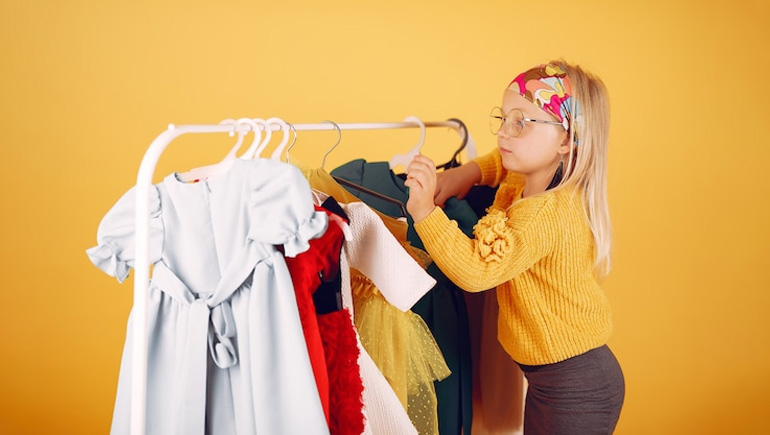
Drive more audience to your children's clothing online stores with smart marketing strategies. Your effective planning and strategy can create a lasting impact and spread your brand message to a wider audience. Let's find out the most efficient ways to promote your kids' clothing line.
Publish creative visuals with minimalist designs that can bring life to your idea. Run a powerful advertising campaign to engage more users. Showcase cute children's clothing with lifestyle photos on Instagram and Pinterest.
Work smart to market your brand. Show the practical value of your kids' line that can leave a lasting impression. Take a cue from a popular brand, Hanna Andersson, that uses the taglines "Made to play. Made to last."
Never underestimate the impact of email marketing when you want to reach out to parents. Make your emails stand out with clever subject lines and attractive designs.
Don't create content just to fill space. Make it impactful. Align your brand with the values your audience cares about. Emphasize the durability and strength of kids' clothing.
Launching a successful kids' clothing line is about cute designs and solving problems for parents who seek quality and affordability.
You now have the knowledge and expert guidance. With the right blend of creativity, strategy, and reliable suppliers, you can build a brand that parents trust and kids love.
The world needs your unique take on children’s fashion. Will 2025 be the year you make it happen? Of course, it can be. Interested in enquiring more? Reach out to VEL Clothing by drafting an email to sales@velclothing.com.
